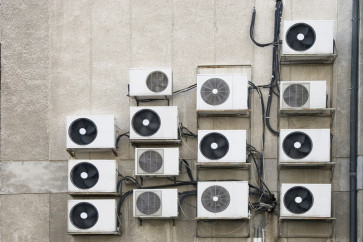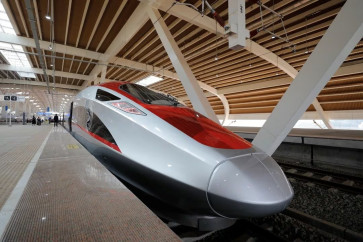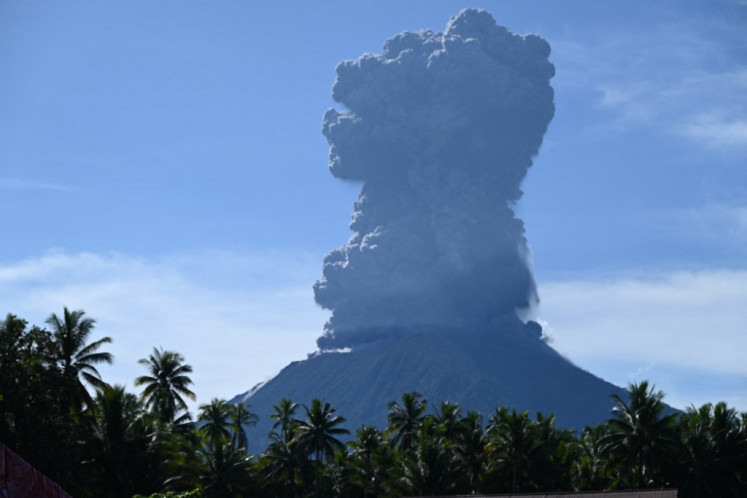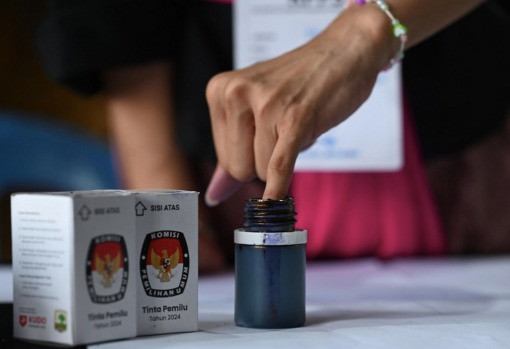Report: Our moon may have formed from multiple small ones
Change Size
 In this Thursday, Dec. 24, 2015, file photo, a nearly-full moon is seen among Christmas lights at a holiday display near Lenexa, Kan. (AP/Charlie Riedel)
In this Thursday, Dec. 24, 2015, file photo, a nearly-full moon is seen among Christmas lights at a holiday display near Lenexa, Kan. (AP/Charlie Riedel)
A series of cosmic collisions may have spawned multiple moonlets that morphed into the one big moon we know today.
Rather than one giant impact that knocked off part of early Earth and created the moon, a number of smaller collisions may have produced lots of mini-moons, Israeli scientists reported Monday.
And those mini-moons, over millions of years, may have clumped together to make one large one.
The researchers conducted nearly 1,000 computer simulations and estimate about 20 impacts could do the job. They say that would explain why the moon seems to be composed of material from Earth, rather than some other planet, too.
It's actually an old theory revitalized now by the Weizmann Institute of Science's Raluca Rufu in Rehovot, Israel, and his team. Their findings were published in Nature Geoscience.
(Read also: Jupiter moon may have water plumes that shoot up 125 miles)
"Our model suggests that the ancient Earth once hosted a series of moons, each one formed from a different collision with the proto-Earth," said co-author Hagai Perets of the Technion, Israel Institute of Technology in Haifa.
Rufu added in the same statement: "It's likely that small moons formed through the process could cross orbits, collide and merge."
Small collisions like this were common in the early solar system, and support their premise. But a London scientist not associated with the study — Imperial College's Gareth Collins — is urging more evidence on both sides of the moon-forming argument.
Some of the moonlets surely were lost in space or did not merge properly with what was to become today's moon, Collins said in a companion article, and so many more impacts may have been required. That, in turn, would make the multi-impact theory "far less probable than any of the more exotic single-impact scenarios," he wrote.
Rufu and his colleagues agree more work is needed to understand how moonlets might indeed merge into one final moon.









